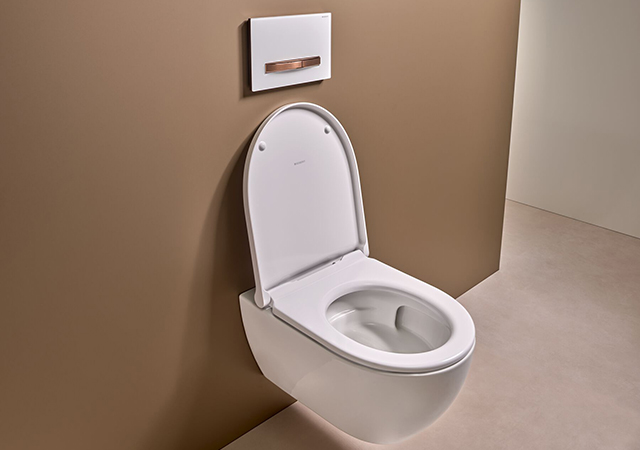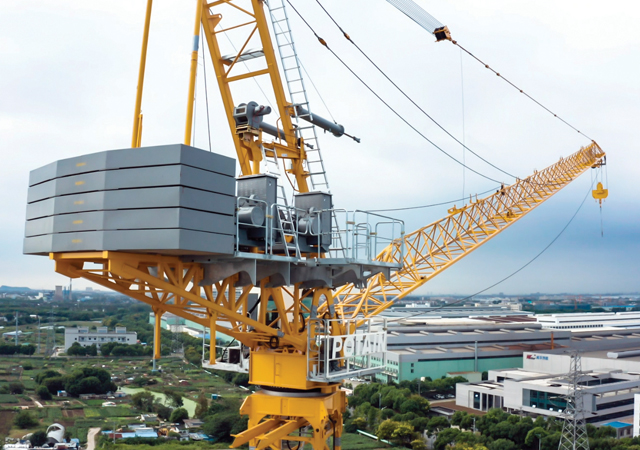
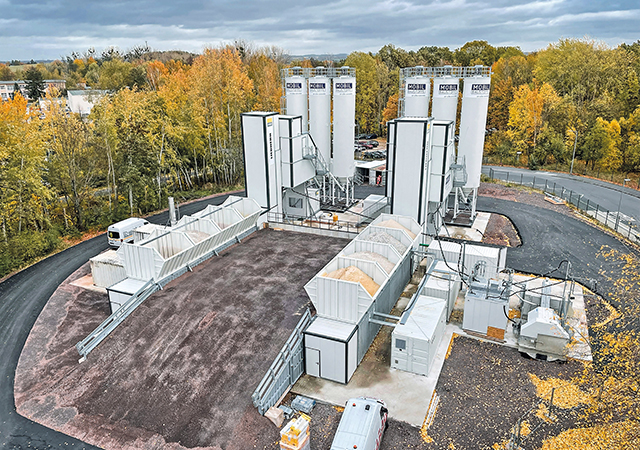 The Liebherr double concrete mixing plant is versatile and can be moved easily from one construction site to the next.
The Liebherr double concrete mixing plant is versatile and can be moved easily from one construction site to the next.
German-Swiss multinational equipment manufacturer Liebherr has recently introduced a new generation of concrete batching plants designated Mobilmix 3.0 A-R, the first of which have already been delivered as a double plant to Austria-headquartered Mobil Baustoffe, a Strabag subsidiary, which specialises in producing concrete for large construction sites worldwide.
As a double plant, the Mobilmix 3.0 A-R can supply very large volumes of concrete; yet is extremely mobile and can be set up or moved in no time at all, says a spokesman for the company. It is also available as a mobile version known as Mobilmix.
According to Leibherr, the high product quality, the space-saving design and the short delivery time were key factors in the decision to purchase the plant.
“With their 3 cu m twin-shaft mixers, the two batching plants can deliver up to 250 cu m of concrete per hour. Up to 280 cu m of aggregates can be stored in the eight chambers of the series silos. The four separate chambers can be filled from one side by means of swivelling partitions enabling the double batching plant to be fed efficiently and quickly due to the centralised access to both series silos. Up to six types of binding agent with a total capacity of 600 tonnes can be stored in the cement section,” explains the spokesman.
Thanks to its robust design, the Liebherr batching plant is low-wear and easy to maintain. In addition, the product quality and galvanised design ensure high availability and a long service life.
“Frequency converters control the drives on the weighing belt, charger skip, cement section and mixer. This can result in energy savings of up to 30 per cent and all processes can be optimised across the board. Hybrid mixing processes and shorter mixing times are easy to achieve and power peaks are reduced,” he says.
There is also a considerable reduction in wear, thanks to the smooth starting and stopping of the drives. It is the frequency converters, however, that offer the greatest and most important potential in the dosing of cement with an accuracy of +/- 0.5 per cent.
“With a typical mix with 300 kg of cement per cu m of concrete, up to 7.5 kg of cement can be saved − which is an important argument for the new batching plant generation from an ecological and financial point of view. An excellent example of the innovation of this plant is the two twin-shaft mixers, which can adjust the speed during the mixing process to enable even more precise mix designs,” he concludes.




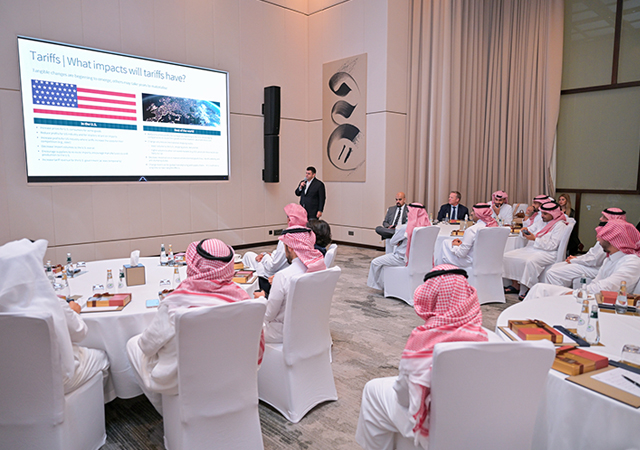
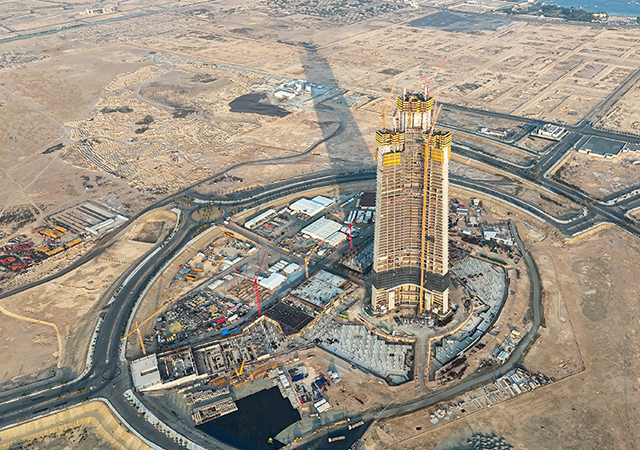
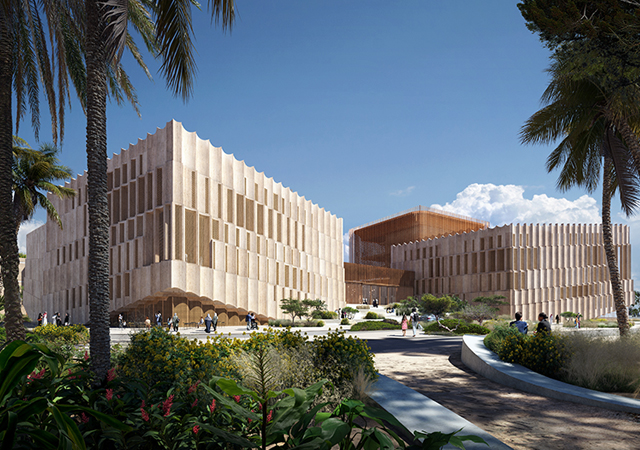

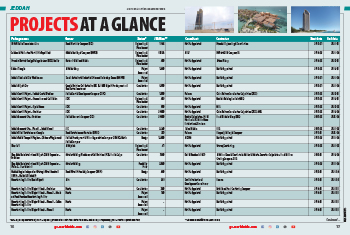
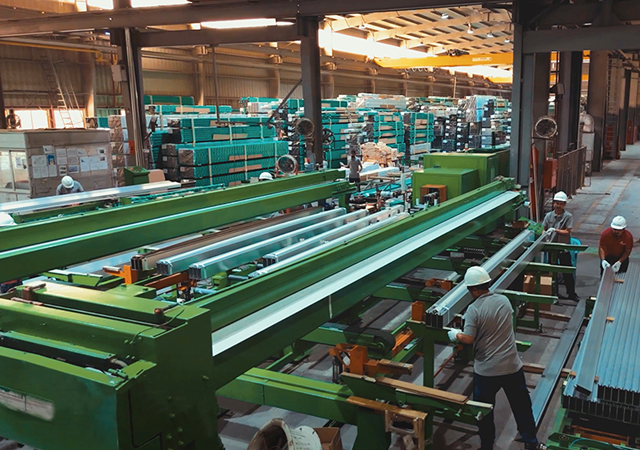


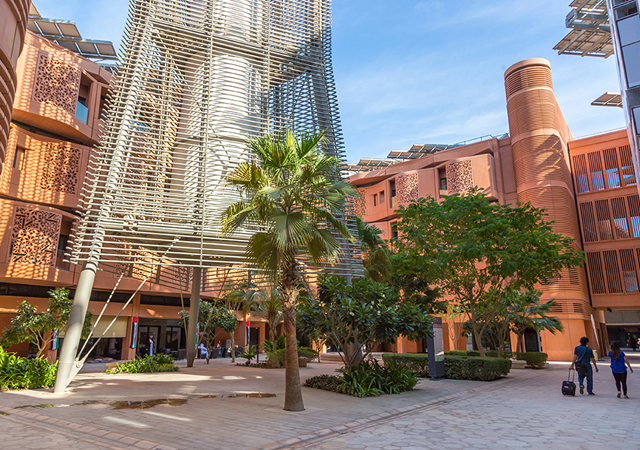
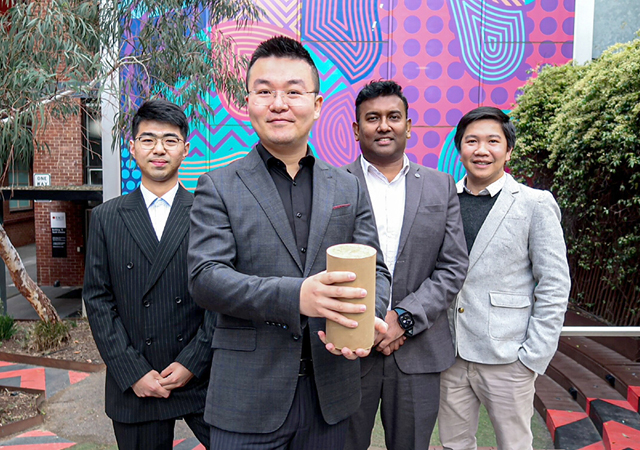
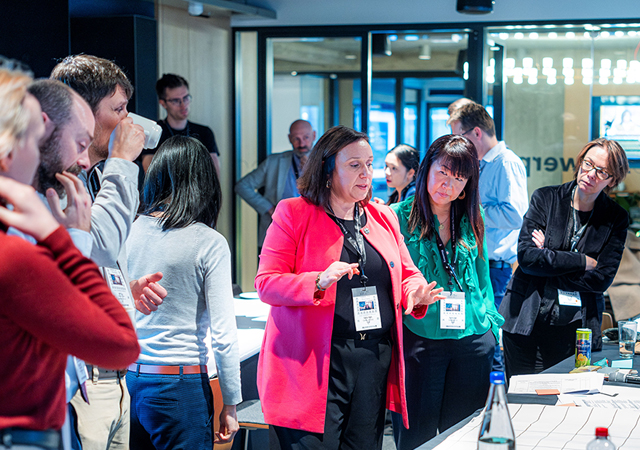

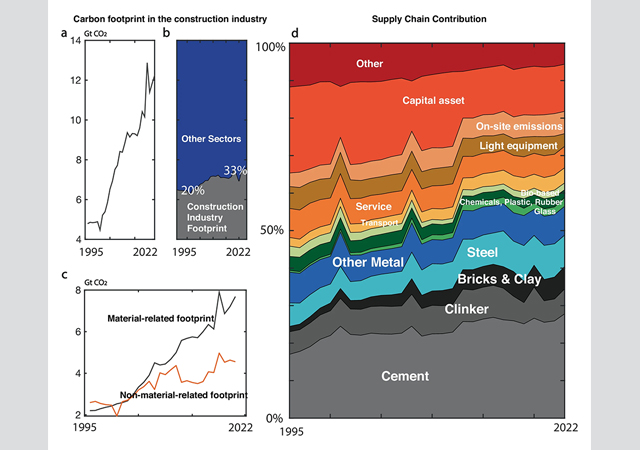
.jpg)

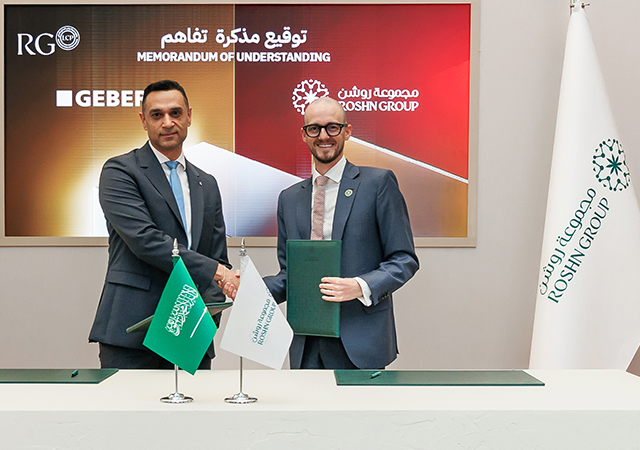
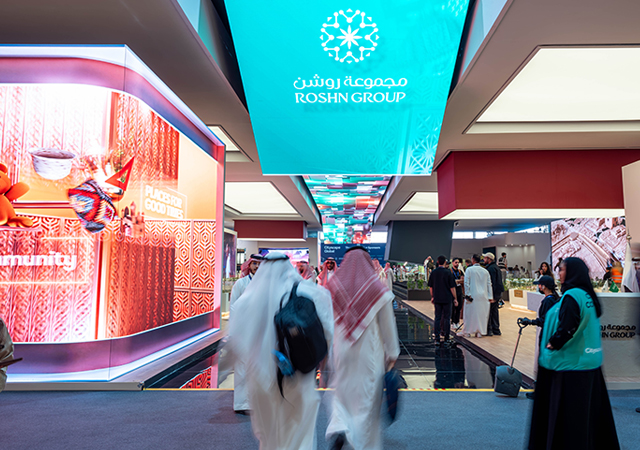
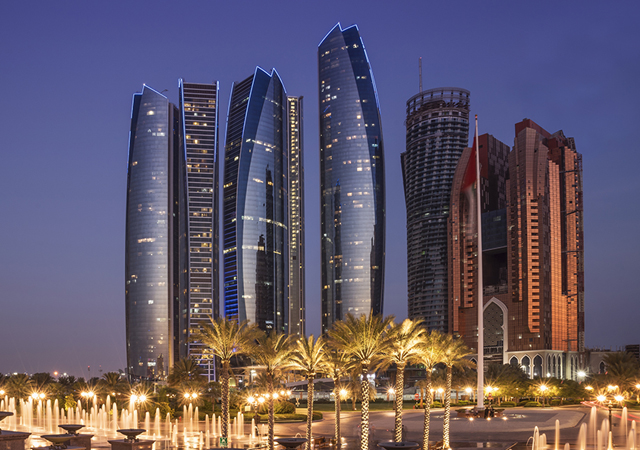
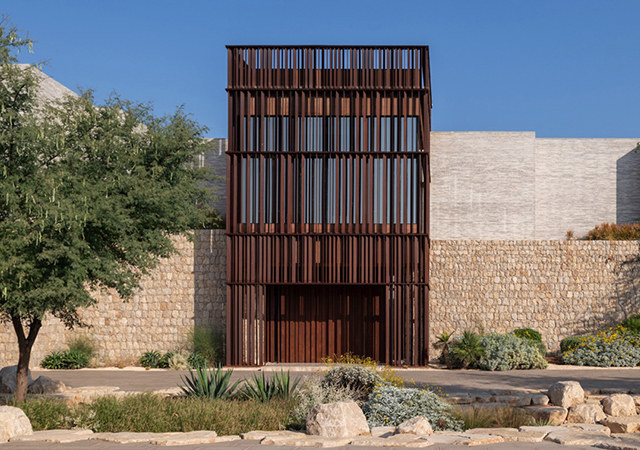
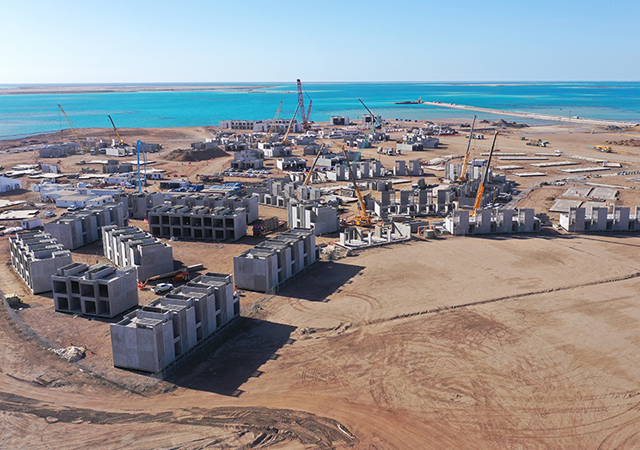



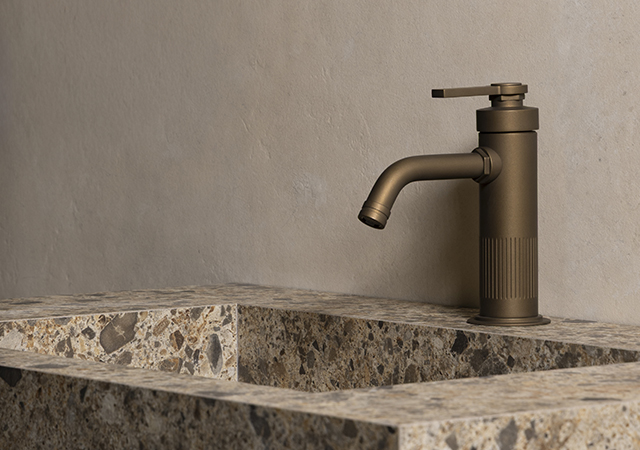

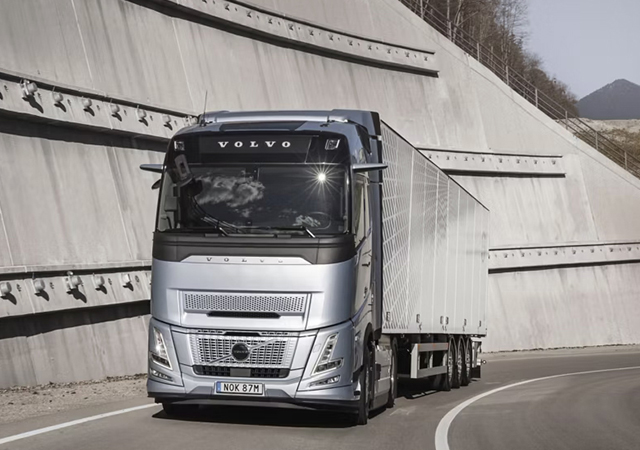
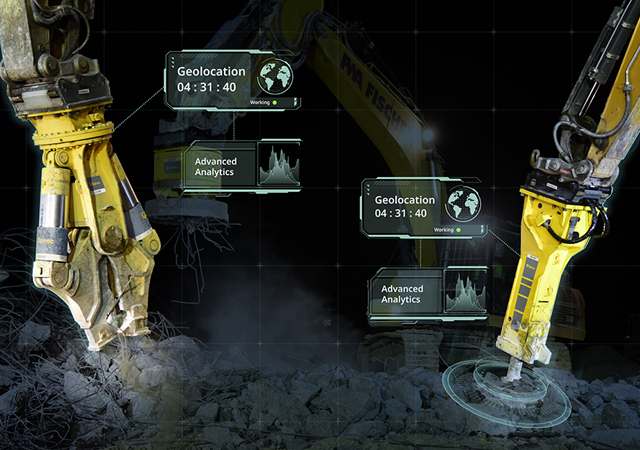
 (1).jpg)


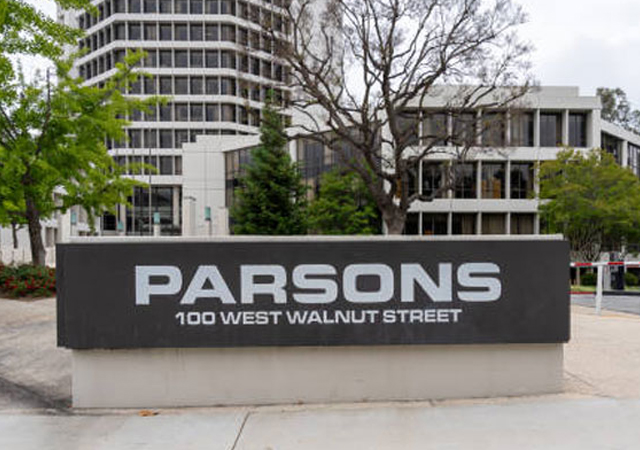


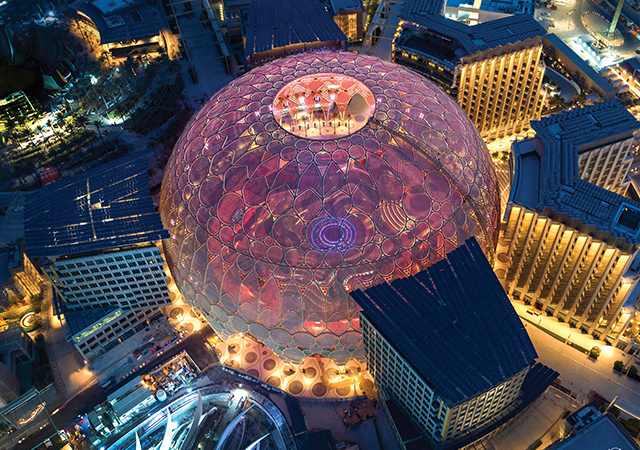

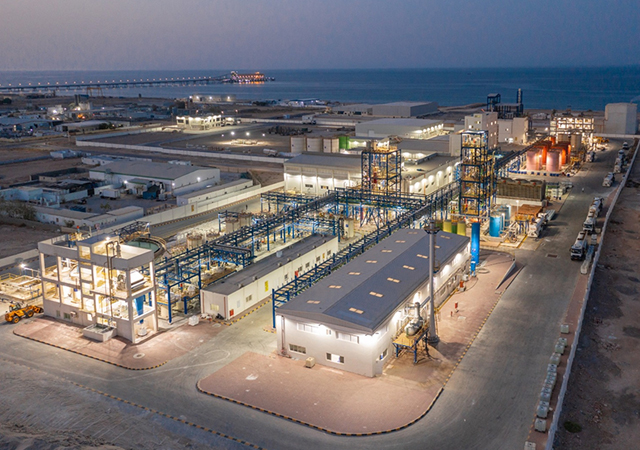


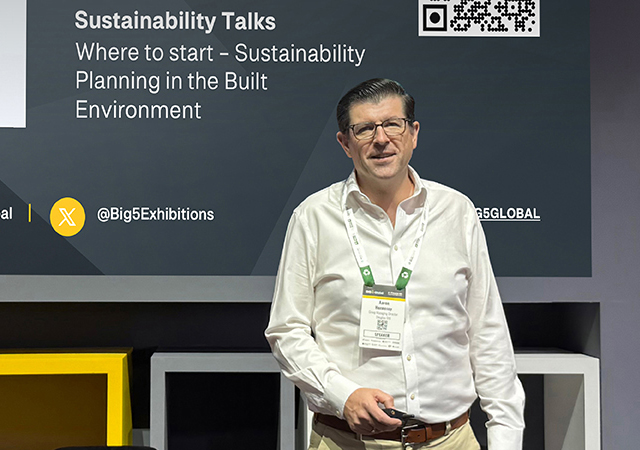
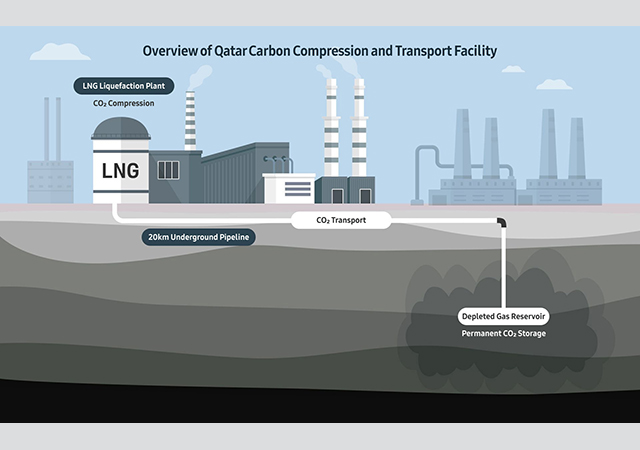

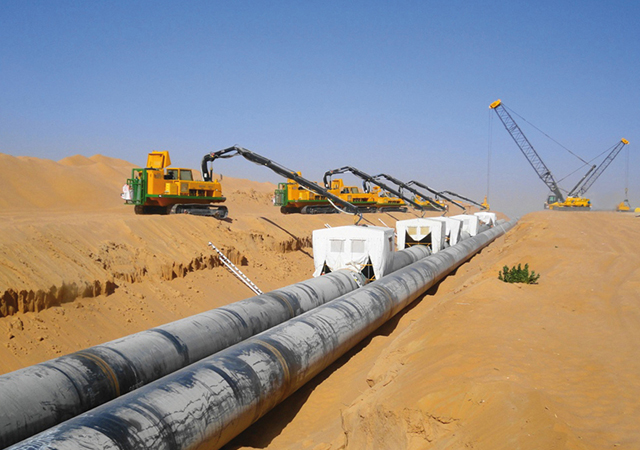
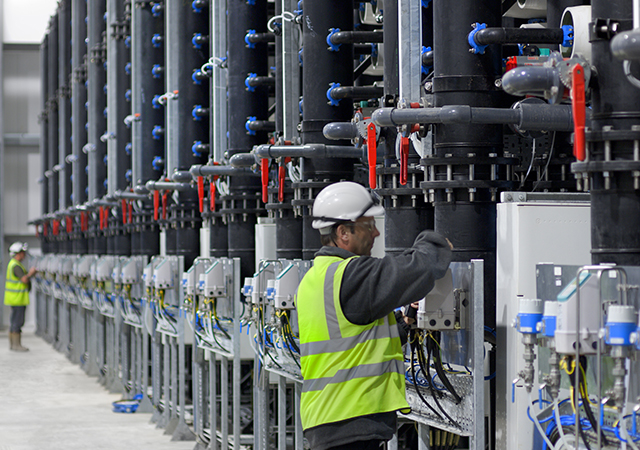

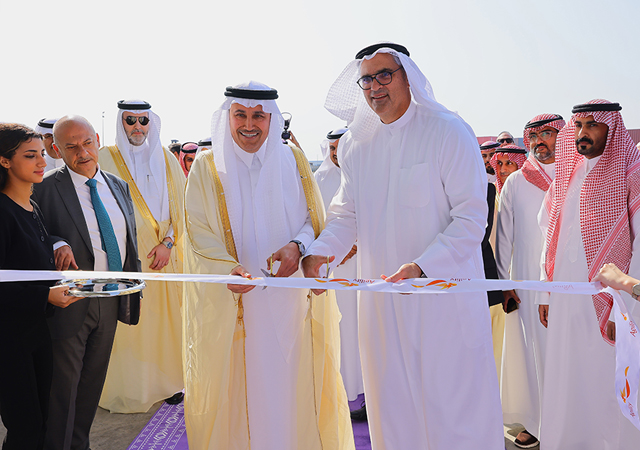
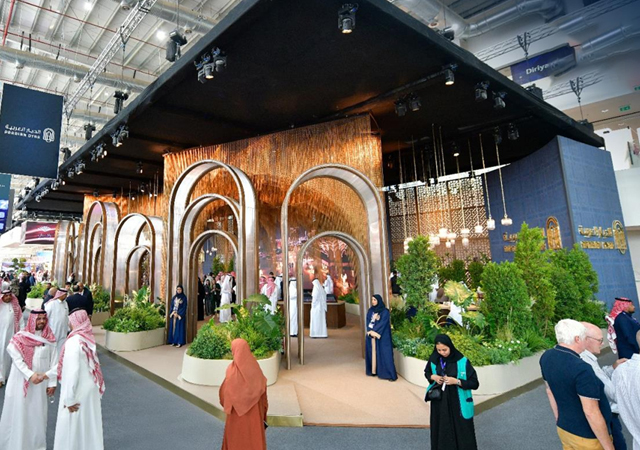






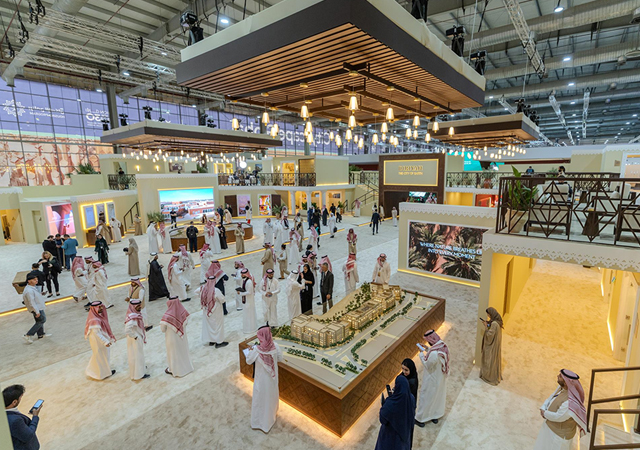

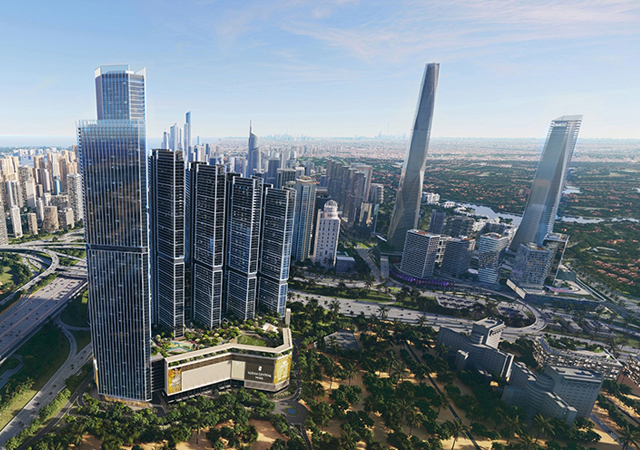
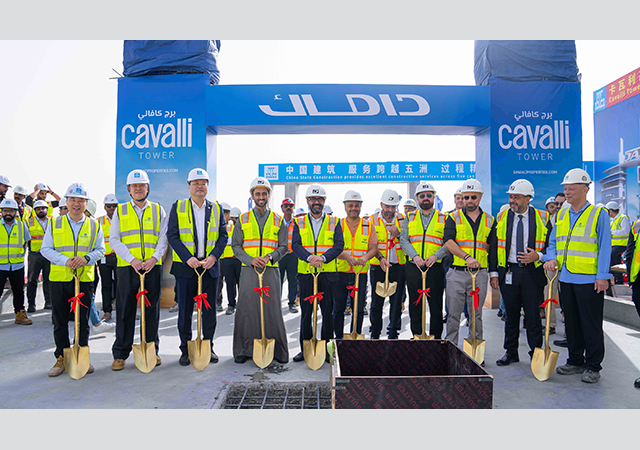



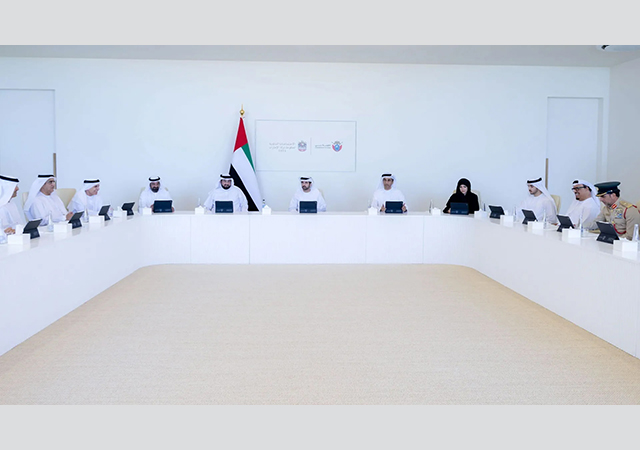

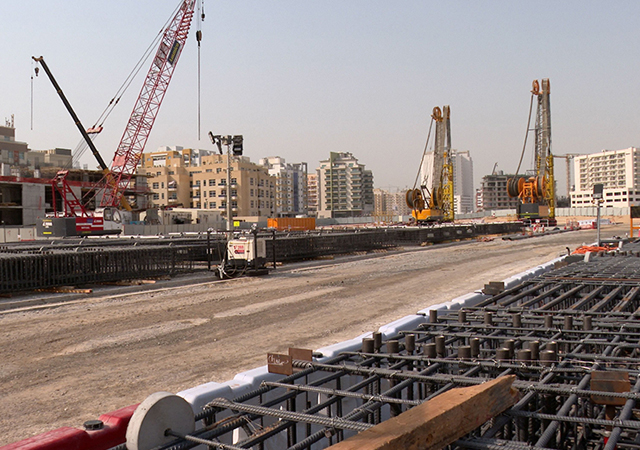


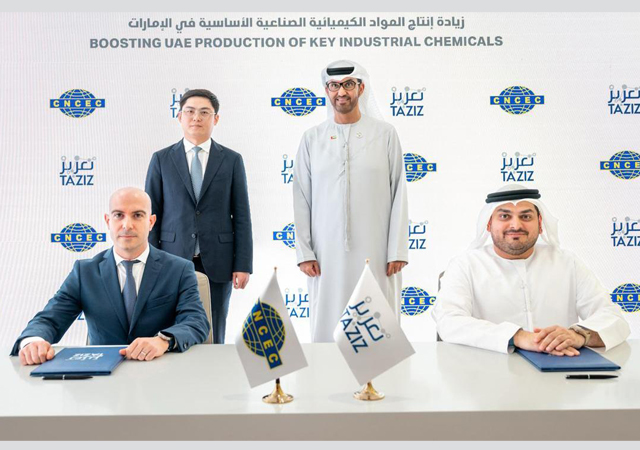

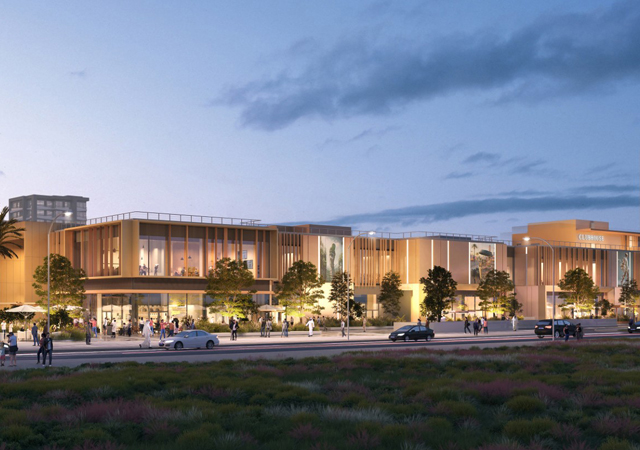
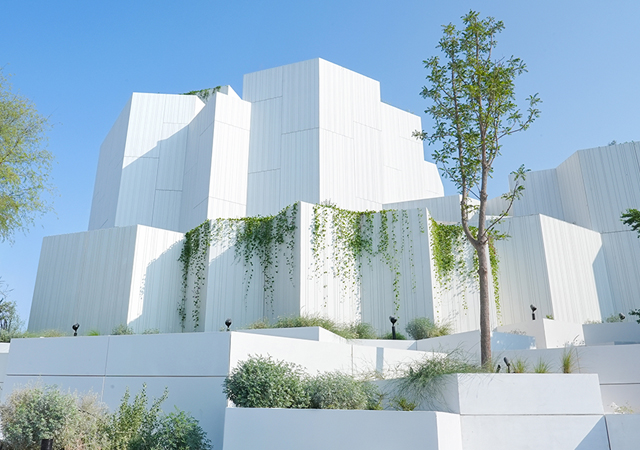


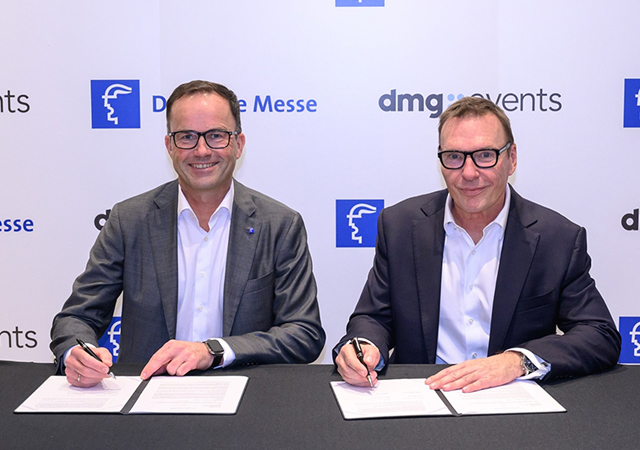



_0001.jpg)
